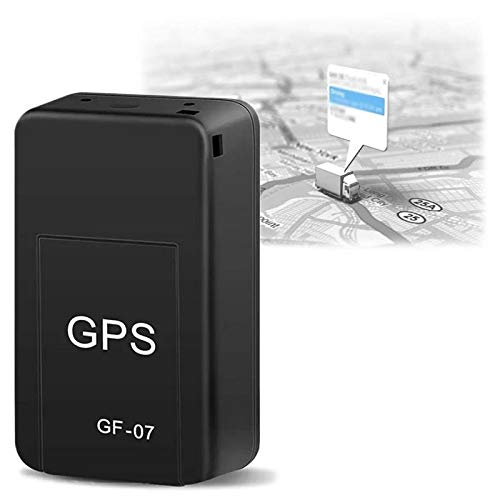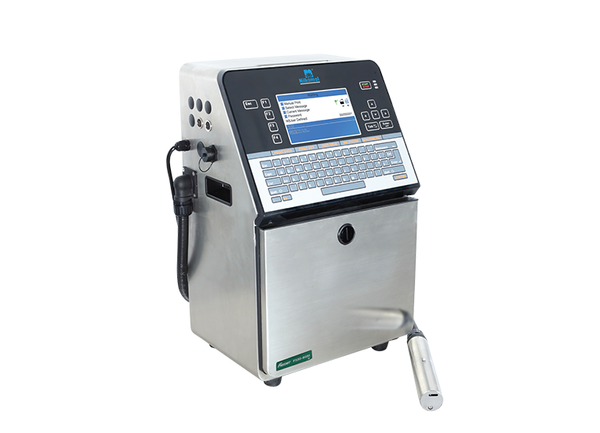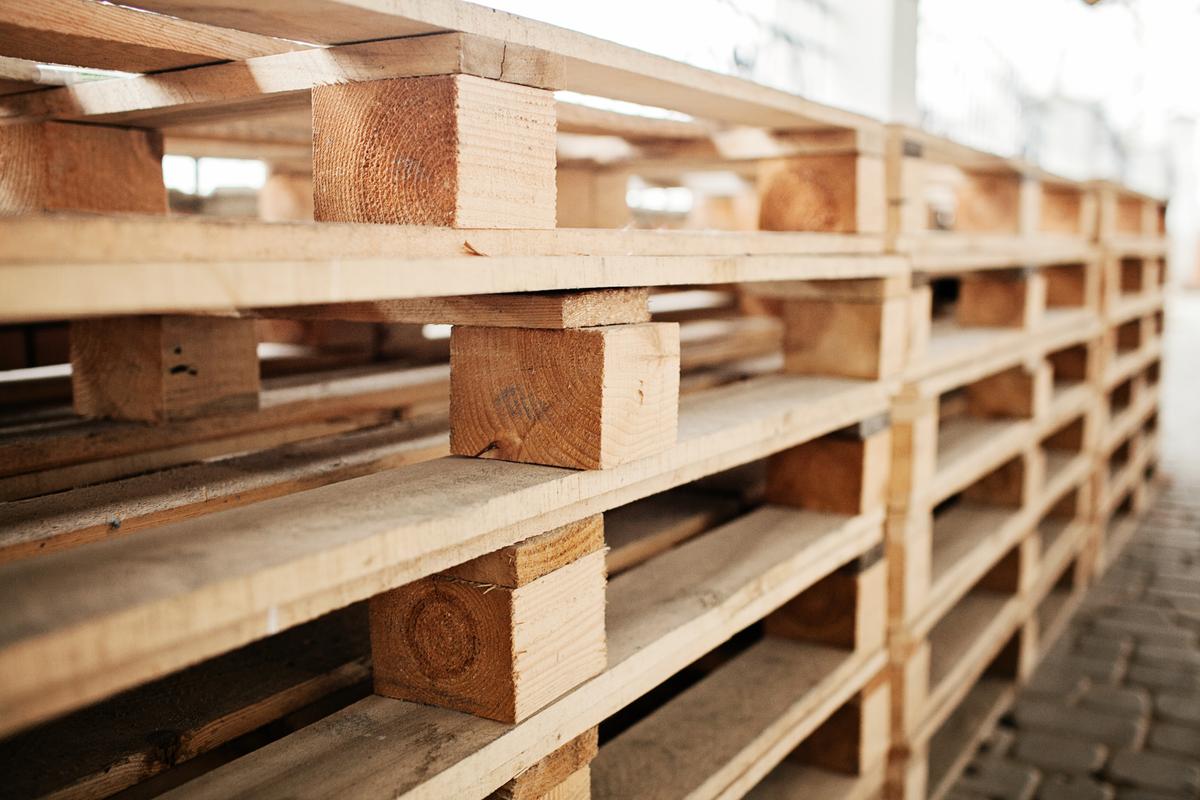Pallets are an essential part of any warehouse. They are used to store, transport, and move products. But with so many different types of pallets available, it can be difficult to know which one is right for your needs.
Here are a few factors to consider when selecting a pallet:
The weight of the products you will be storing or transporting. Pallets are rated for a certain weight capacity. Make sure to choose a pallet that can support the weight of your products.
The size of the products you will be storing or transporting. Pallets come in a variety of sizes. Make sure to choose a pallet that is large enough to accommodate your products.
The type of products you will be storing or transporting. Some products, such as chemicals or food, require special pallets. Make sure to choose a pallet that is compatible with your products.
The environment in which the pallet will be used. Pallets that will be used in harsh environments, such as cold storage or wet areas, need to be made from materials that can withstand the elements


Selecting the Ideal Palette
Once you have considered these factors, you can start to narrow down your choices. Here are a few of the most common types of pallets:
TYPE | MERIT | DEMERIT |
Wood pallets | They’re the most common type of pallet. They are strong and durable, and they can be used for a variety of products. | Wood pallets can be heavy and difficult to handle. They are also susceptible to damage from moisture and pests. |
Plastic pallets | They are strong and durable, and they can be used for a variety of products. However, they are lightweight and easy to handle. They are also resistant to water and chemicals | Plastic pallets can be more expensive than wood pallets. They can also be more difficult to repair if they are damaged. |
Metal pallets | They are very strong and durable. They are also resistant to moisture and pests. | They can also be more difficult to handle than wood or plastic pallets. |
No matter what type of pallet you choose, make sure to inspect it carefully before use. Look for any damage that could compromise the pallet’s strength or stability.
Pallet Dimensions
Pallets come in a variety of dimensions. The most common pallet dimensions are 48×40 inches and 40×48 inches. However, there are also pallets that are smaller or larger than these standard dimensions.
The size of the pallet you need will depend on the size of the products you will be storing or transporting. You will also need to make sure that the pallet is compatible with the equipment you use in your warehouse. For example, if you use forklifts, you will need to choose a pallet that is the right size for your forklifts.
Pallet sizes: Pallets come in a variety of sizes, but the most common sizes in India are 48×40 inches and 40×48 inches. These sizes are standardized by the Global Pallet Association (GPA).
Pallet weight: Pallets can also vary in weight. The standard pallet weight is 400 pounds, but pallets can be made of lighter or heavier materials, depending on the needs of the warehouse.
Pallet materials: Pallets are typically made of wood, but they can also be made of plastic or metal. Wood pallets are the most common type of pallet in India, but plastic pallets are becoming increasingly popular due to their durability and lightweight.
Pallet markings: Pallets are often marked with information such as the pallet size, weight, and material. This information can be helpful for warehouse workers to ensure that they are using the correct pallet for the job.
The size of the pallet you need will depend on the size of the products you are storing or shipping. For example, if you are storing large products, you will need a larger pallet. You also need to make sure that the pallet is strong enough to support the weight of the products you are storing.
It is important to use the correct pallet size and weight for your needs to avoid accidents and to ensure that your products are stored and shipped safely.
Here are some additional tips for choosing the right pallet dimensions:
Consider the size of the products you will be storing or shipping.
Make sure the pallet is strong enough to support the weight of the products.
Choose a pallet that is the right size for your forklift or other lifting equipment.
Consider the climate in your area. If you live in a hot climate, you may want to choose a pallet that is made of a material that is resistant to moisture.
If you are shipping pallets internationally, make sure they are the correct size for the pallets used in the destination country.
By following these tips, you can choose the right pallet dimensions for your needs and help to ensure the safety of your products
Pallet Safety
Pallets are an important part of any warehouse. They are used to store, transport, and move products. However, pallets can also be a safety hazard if they are not properly maintained.
Here are a few tips for ensuring the safety of your pallets:
Inspect pallets regularly for damage. Look for any cracks, splits, or loose boards. If you find any damage, repair or replace the pallet immediately.
Secure pallets properly. Make sure that pallets are stacked securely and that they are not overloaded.
Use the right equipment for handling pallets. Forklifts and pallet jacks should be used properly and maintained regularly.
Train employees on how to handle pallets safely. Employees should know how to inspect pallets for damage, how to stack pallets properly, and how to use forklifts and pallet jacks safely.
Inspect pallets regularly for damage. Pallets that are damaged can be a safety hazard. Look for cracks, loose nails, or other signs of damage. If you find any damage, the pallet should be repaired or replaced.
Stack pallets properly. Pallets should be stacked neatly and evenly. Do not overload pallets. The weight of the pallets should be evenly distributed.
Use the right equipment for lifting pallets. Forklifts and pallet jacks are designed to lift pallets safely. Do not try to lift pallets by hand.
Train employees on safe pallet handling procedures. Employees should know how to inspect pallets for damage, how to stack pallets properly, and how to use lifting equipment safely.
Create a safety culture in your warehouse. Make safety a priority in your warehouse. Encourage employees to report safety hazards and to follow safety procedures.
To check out our complete range of pallets, click on the button on the right!








Add comment